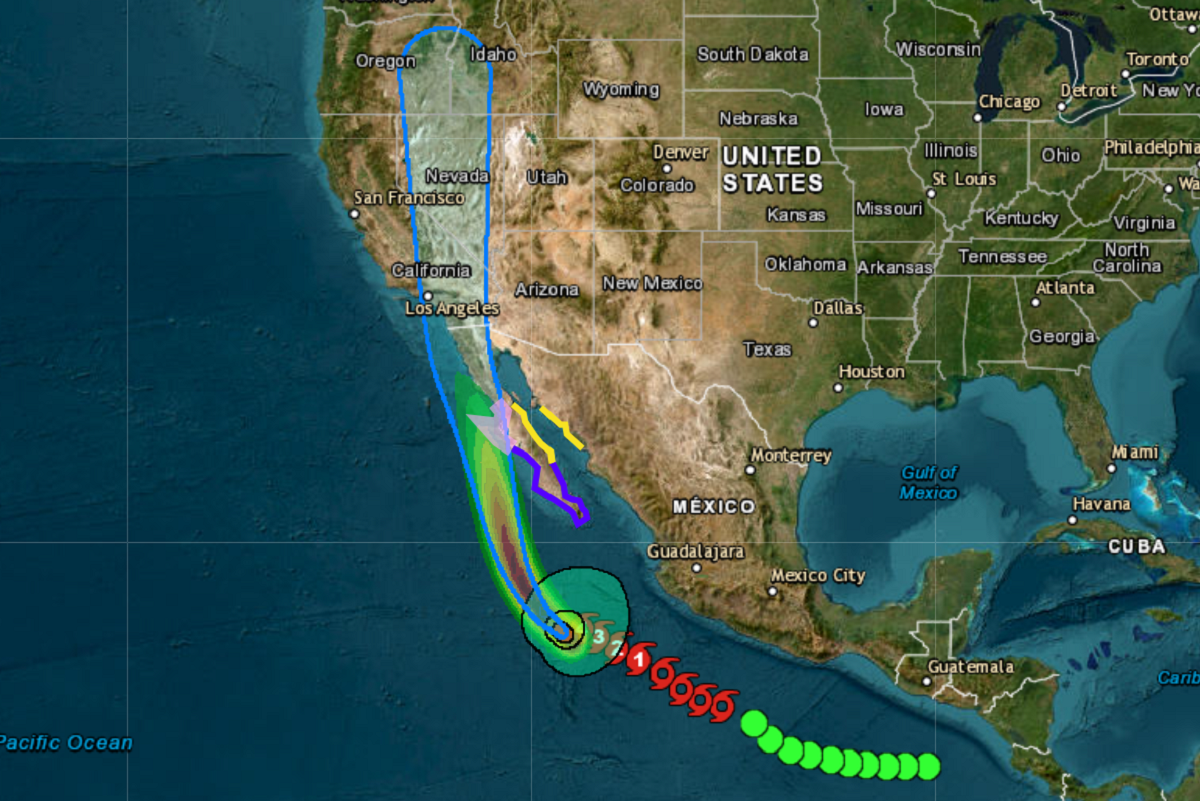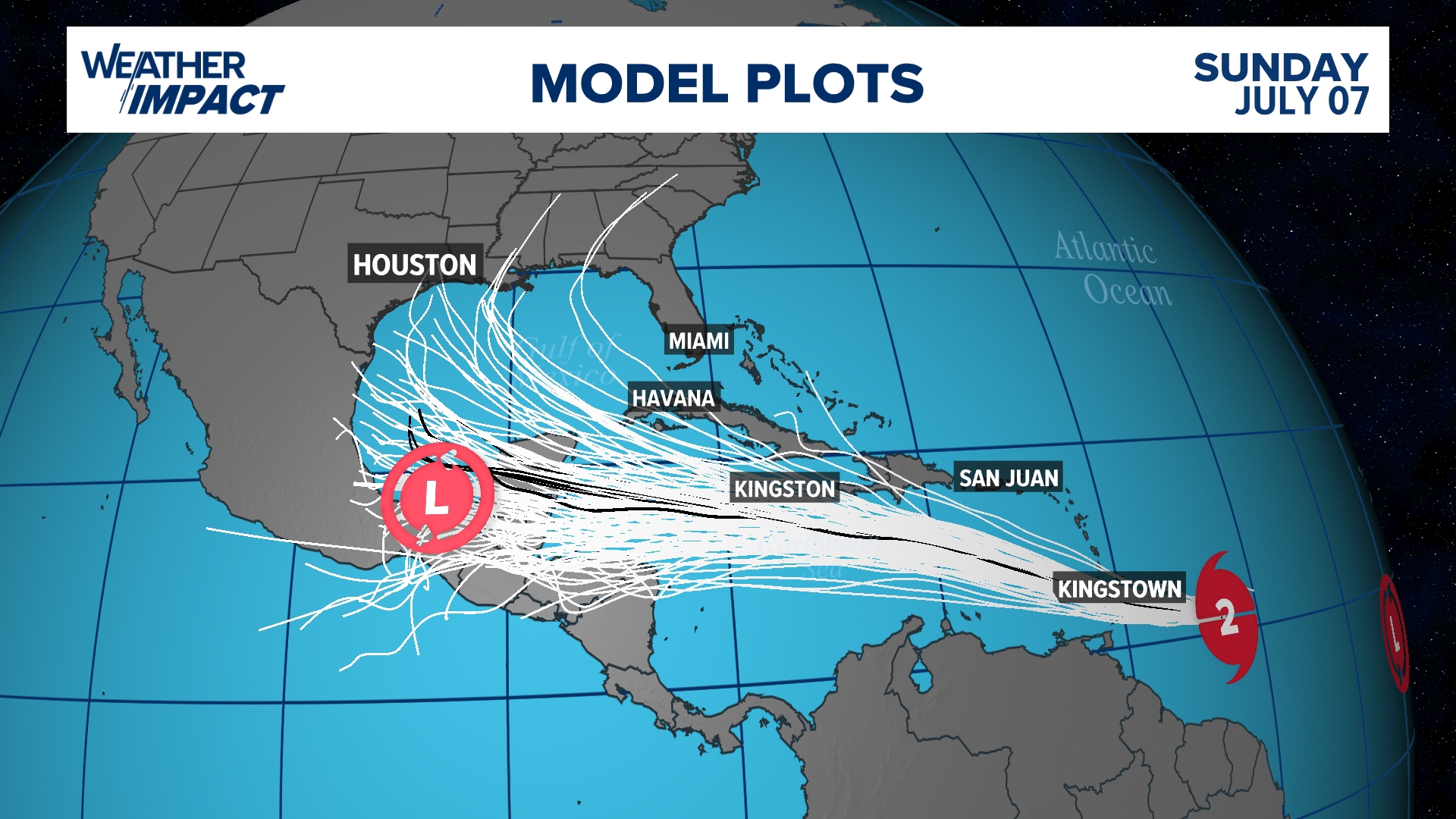Hurricane Beryl’s Projected Path
Hurricane beryl path tracker – Hurricane Beryl, a formidable force of nature, has emerged in the Atlantic Ocean, captivating the attention of meteorologists and coastal communities alike. Its path, influenced by a complex interplay of atmospheric and oceanic factors, is the subject of intense scrutiny, as it holds implications for the well-being of lives and property.
As Hurricane Beryl churns its path towards the Gulf Coast, residents of Louisville can stay informed about the storm’s progress and potential impact on their area by visiting louisville weather. This comprehensive weather resource provides real-time updates on the hurricane’s track, intensity, and expected arrival time.
By staying up-to-date on the latest information, Louisville residents can make informed decisions about their safety and prepare accordingly for Hurricane Beryl’s potential impact.
The projected path of Hurricane Beryl, meticulously charted by experts, reveals a trajectory that originates over the warm waters of the tropical Atlantic. As the storm gathers strength, it is anticipated to move in a generally northwesterly direction, propelled by prevailing wind patterns. The hurricane’s intensity is expected to fluctuate as it encounters varying atmospheric conditions and ocean currents.
Hurricane Beryl, with its swirling winds and unpredictable path, can be a formidable force. To stay informed about its trajectory, the beryl path tracker provides real-time updates, allowing you to monitor the storm’s progress and make informed decisions about your safety.
Keep abreast of Hurricane Beryl’s path with this invaluable tool.
Factors Influencing Hurricane Beryl’s Trajectory
A myriad of factors orchestrate the path of Hurricane Beryl, each playing a crucial role in shaping its course. These factors include:
- Wind Patterns: The prevailing wind patterns, particularly the trade winds and the jet stream, exert a significant influence on the direction and speed of Hurricane Beryl. These winds act as guiding forces, steering the storm along their path.
- Ocean Currents: The warm ocean currents of the Atlantic Ocean provide a source of energy for Hurricane Beryl, fueling its intensity. The interaction between the storm and these currents can alter its direction and speed, sometimes leading to unexpected deviations from the predicted path.
- Atmospheric Pressure: The distribution of atmospheric pressure around Hurricane Beryl influences its movement. Areas of high pressure act as barriers, deflecting the storm’s path, while areas of low pressure attract the storm, drawing it towards them.
- Land Interaction: Should Hurricane Beryl make landfall, its interaction with the landmass will significantly impact its trajectory. Friction with the land surface slows the storm down and can cause it to change direction, often resulting in a weakening of its intensity.
The interplay of these factors creates a complex and dynamic system that governs the path of Hurricane Beryl. Meteorologists rely on sophisticated computer models and real-time observations to track the storm’s progress and issue timely warnings to affected areas.
Potential Impacts of Hurricane Beryl: Hurricane Beryl Path Tracker

Hurricane Beryl poses significant threats to affected areas. Its anticipated impacts include:
- Storm Surge: Beryl’s powerful winds are expected to push a wall of water, known as storm surge, towards the coast. This surge can inundate coastal areas, causing severe flooding and damage to infrastructure and property.
- Flooding: Heavy rainfall associated with Hurricane Beryl is likely to lead to widespread flooding. Rivers and streams may overflow their banks, inundating low-lying areas and causing damage to roads, bridges, and buildings.
- Wind Damage: Beryl’s strong winds have the potential to cause extensive wind damage. Trees may be uprooted, power lines downed, and buildings damaged or destroyed.
Mitigation Measures
To mitigate the potential impacts of Hurricane Beryl, authorities are implementing various measures:
- Evacuation Plans: Evacuation orders have been issued for coastal areas and other vulnerable locations. Residents are urged to follow these orders and evacuate to higher ground.
- Infrastructure Reinforcements: Efforts are underway to reinforce critical infrastructure, such as bridges, dams, and levees, to withstand the anticipated storm surge and flooding.
- Emergency Response Plans: Emergency response plans are in place to provide assistance to affected communities in the aftermath of the storm. These plans include the deployment of search and rescue teams, the distribution of food and water, and the provision of medical care.
Real-Time Tracking and Updates

To effectively monitor Hurricane Beryl’s progress, a comprehensive network of weather satellites and radar systems is employed. These advanced technologies provide continuous updates on the hurricane’s location, wind speed, and any alterations in its projected path.
Weather Satellites, Hurricane beryl path tracker
Geostationary satellites, positioned at a fixed point above the equator, continuously capture images of the hurricane’s cloud patterns and movement. These images allow meteorologists to track the storm’s evolution, estimate its wind speeds, and anticipate its future trajectory.
Radar Systems
Doppler radar systems, located on land or deployed on aircraft, emit radio waves that bounce off precipitation particles within the hurricane. By analyzing the reflected signals, meteorologists can determine the storm’s wind speed, direction, and precipitation intensity. This data is crucial for issuing timely warnings and advisories.